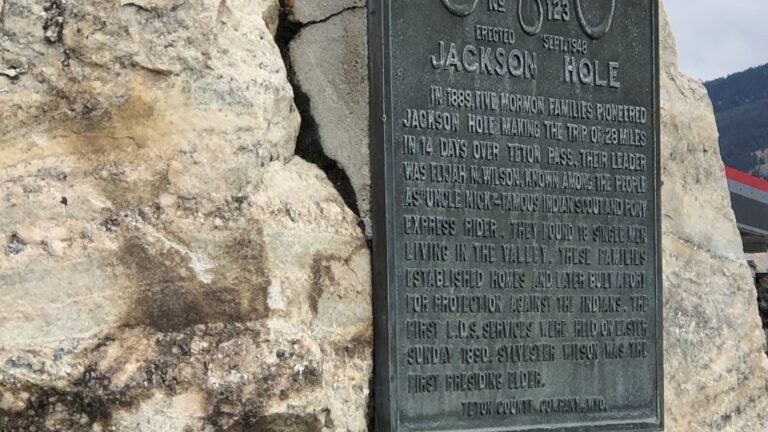
Memorializing the West
Given the nation’s widespread and often heated reckoning with sites of memorialization and commemoration in recent years, the new season of Western Edition questions six such sites across the American West from Catalina Island to Daly City, California; Jackson, Wyoming to Los Angeles; Denver to San Antonio.
Who put that plaque there? Who decided that a statue needed to be fixed on a plinth in that space or on that street corner? And when? Why was it worth marking or remembering? Is it still important or significant, perhaps now maybe for different reasons? Do community members, people who walk by, or those who make an effort to visit, find these places and the words written about them meaningful?
Season 3 of Western Edition is produced by Avishay Artsy, Katie Dunham, Jessica Kim, Elizabeth Logan, and Stephanie Yi.
Prologue
Stories and questions of reckoning with sites of memorialization and commemoration in the American West are at the heart of Season 3. This Prologue introduces our six sites, Catalina Island; Daly City, California; Jackson, Wyoming to Los Angeles; Denver to San Antonio and some of the themes we will consider throughout the series.
Transcript available here.
Public space and history feel brought together, in both tension and promise, more than any other time in recent memory. This show is about that pairing, what it means, what it should mean, and what it could mean.
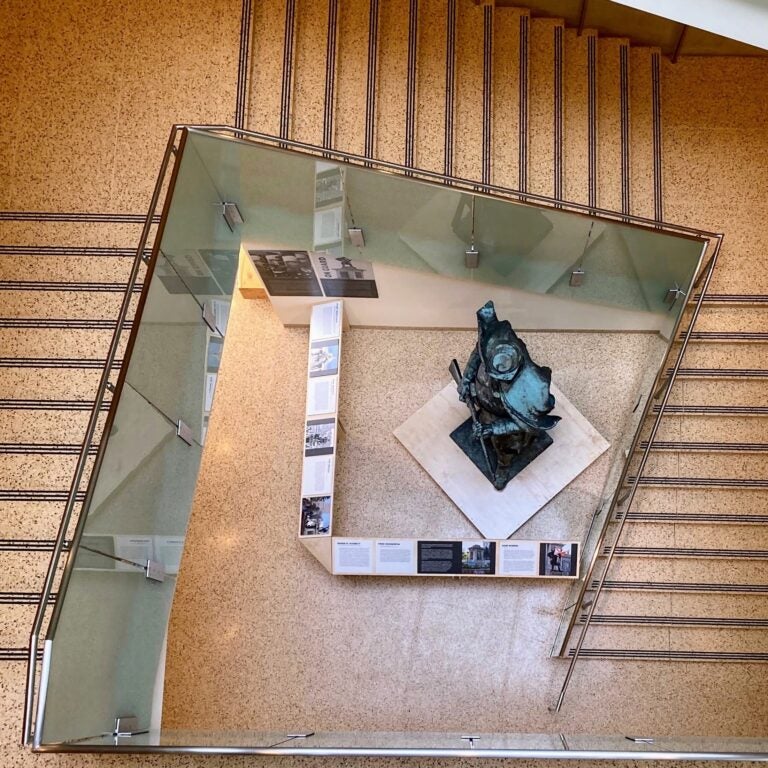
Episode 1: Catalina Barracks
Starting on Catalina Island, just off the coast of Southern California, this episode zeroes in on a Civil War barracks that is now a private yacht club. The site played a curious role during the war and in the violent campaigns against Native peoples. Who is invested in the memories and histories of this site?
Transcript available here.
I think it’s probably sort of just forgotten…In that way, it sort of symbolizes the lost memory of the Civil War in California.

Selected images to accompany this episode:
Episode 2: Remembering a Northern California Duel
There are many places and sites in California that, if we listen closely, still echo with the angst of the Civil War past. Or if they don’t, they should. Take, for example, the Broderick-Terry monument in Daly City. This plaque and two obelisks mark the end of dueling in the state but omit the critical context of the battle over slavery in California.
Transcript available here.
This event, and the commemorative response to it, drives home the fact that the Civil War was everywhere – its causes and consequences – and that the history of California is very much part of all that the country wrestled with on the road to disunion and war.

Selected images to accompany this episode:
Episode 3: Settling Jackson Hole
Additional histories are hidden behind the laconic language etched into markers across the West. The Daughters of Utah Pioneers Marker 123 in the center of Jackson, Wyoming celebrates the arrival of Mormon families in 1889 while eliding important context, including deeper histories of settler colonialism and violence against Native peoples. Why did Anglo Americans in the mid-20th century produce particular narratives about pioneers and settlement in the West?
Transcript available here.
I think the truth is always more complicated than it’s first seen to be. I mean, we also have a small excerpt on the plaque, right? There’s not a ton of space to tell the whole story here.
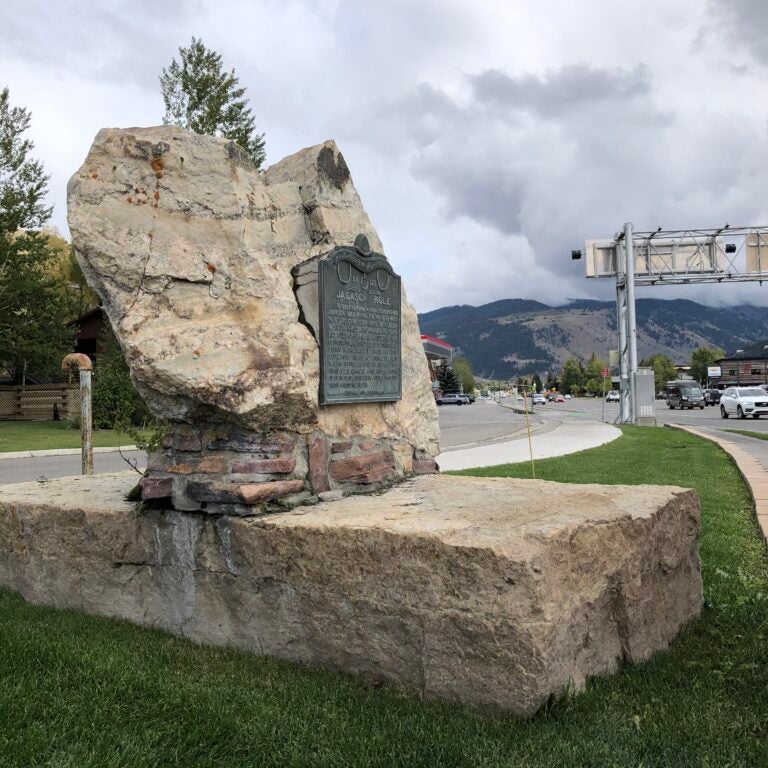
Selected images to accompany this episode:
Episode 4: ONE Archives as Memorial
Not far from the USC campus sits the home of the ONE Archives, one of the world’s greatest repositories of historical material pertaining to LGBTQ people and institutions. The mid-century building once housed a USC fraternity and is now part of the USC Libraries. Today, the ONE Archives stand as an evolving memorial itself, with a mission to promote public conversation and scholarship about queer histories and cultures.
Transcript available here.
It’s always amazing to me how it touches people when they see archival things… I had a man come in…and he found the obituary, which he hadn’t had the presence of mind to save, of one of his partners who had died of AIDS, and that deeply moved him.
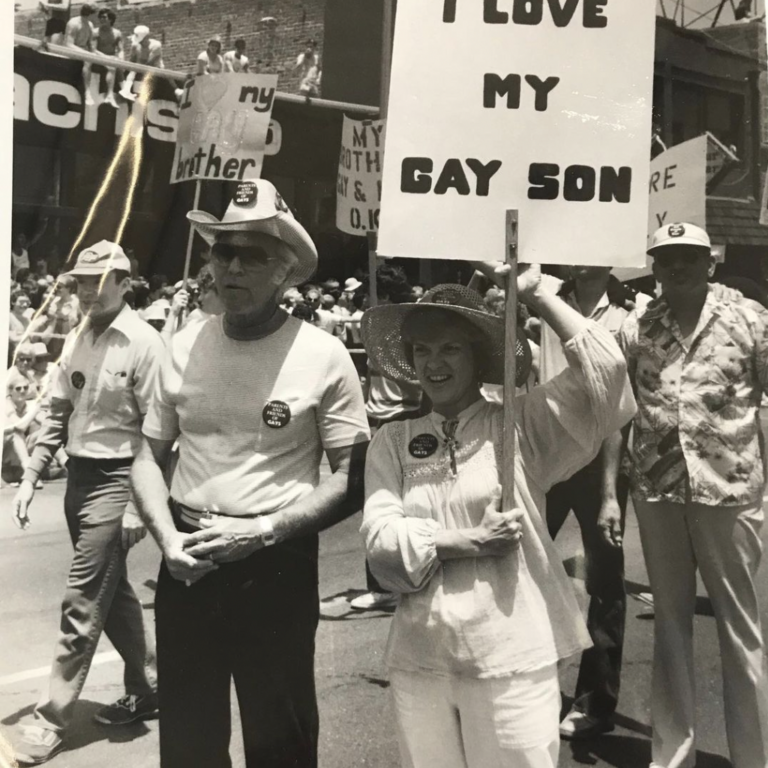
Selected images to accompany this episode:
Episode 5: Reckoning with Denver’s Memorials
Denver, Colorado has seen highly public reckonings with historical markers referencing moments or people from the frontier past. Some actions seemed spontaneous and episodic: a statue of a Union soldier came down for its ties to a notorious massacre of Native peoples. Following the removal of another monument, the city’s mayor publicly acknowledged and apologized for Denver’s history of anti-Chinese violence.
Transcript available here.
I think the people of a community, who really are the keepers of all history, have a right to revise or replace the stories that we call upon for inspiration and guidance.
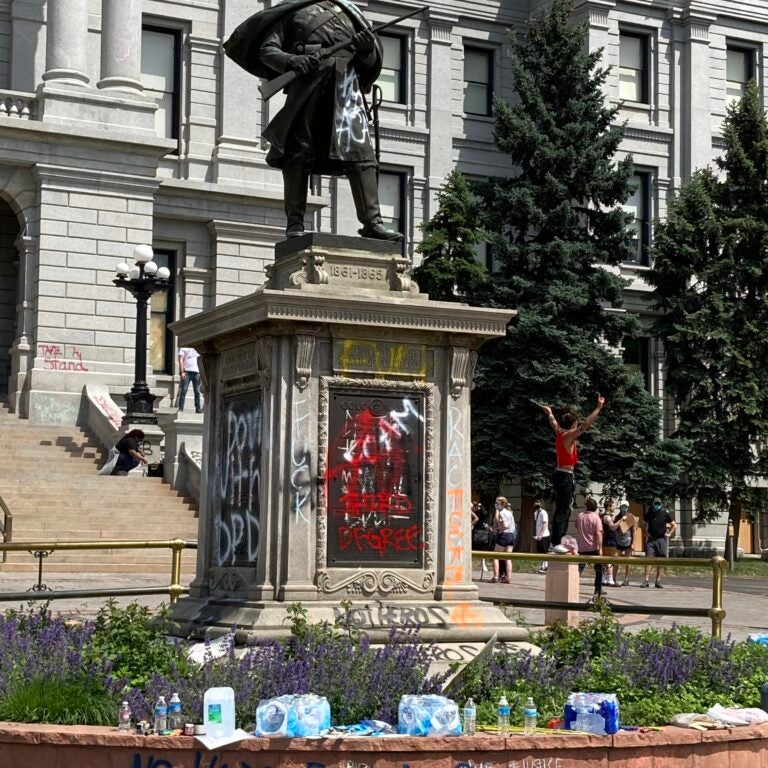
Selected images to accompany this episode:
Episode 6: Digital Rediscoveries in San Antonio
Moving from removal to renewal, many communities are not just calling for dismantling problematic monuments but also creating new layers of historical memory. This episode explores grassroots and public-driven projects in San Antonio, where students use digital technologies to reshape understandings of the city’s communities of color and ongoing struggles for civil rights and recognition.
Transcript available here.
And one thing that we’re hoping to do is more projects where kind of ordinary folks can come have a say on what was significant in this city and allow folks through this project to take their own personal walking tours or driving tours to map the landscape and add additional stories to that landscape.
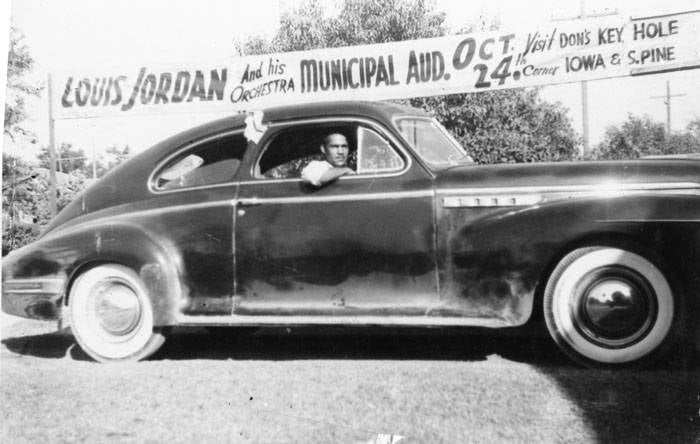
Selected images to accompany this episode:
Bonus Episode: 1871 Memorial
A year ago, our second season focused on the past, present, and future of Los Angeles Chinatown. As part of that fascinating exploration, we investigated the horrific 1871 massacre of Chinese and Chinese Americans in downtown Los Angeles.
Though the event has burned in the memory of the Chinese and Chinese American community for 150 years, the rest of Los Angeles, people who live or who visit here, generally know nothing about it. But thanks to the collaborative efforts of grassroots organizations and institutions, working in concert with the city of Los Angeles, a fitting and powerful memorial to the victims of the massacre is now well underway.
Following a summer 2022 public call for ideas and a competition, artist and photographer Nicolás Leong and writer Judy Chung were selected from nearly 200 submissions and, eventually, five other finalists, all of whose thoughtful work sought to redress our city’s amnesia about this event.
It made sense to us at Western Edition to add this final episode to our “Memorializing the West” season, as it offers a coda to what we’ve done and where we’ve gone this season and, we think, a bridge to last season’s Chinatown investigation.
Transcript available here.
I noticed that in front of every village was a banyan tree, a beautiful, tremendous banyan tree. And they were places of social gathering… The trees represented these guardian spirits that would guard over the villages. They represented life, genealogy, having roots in the land.
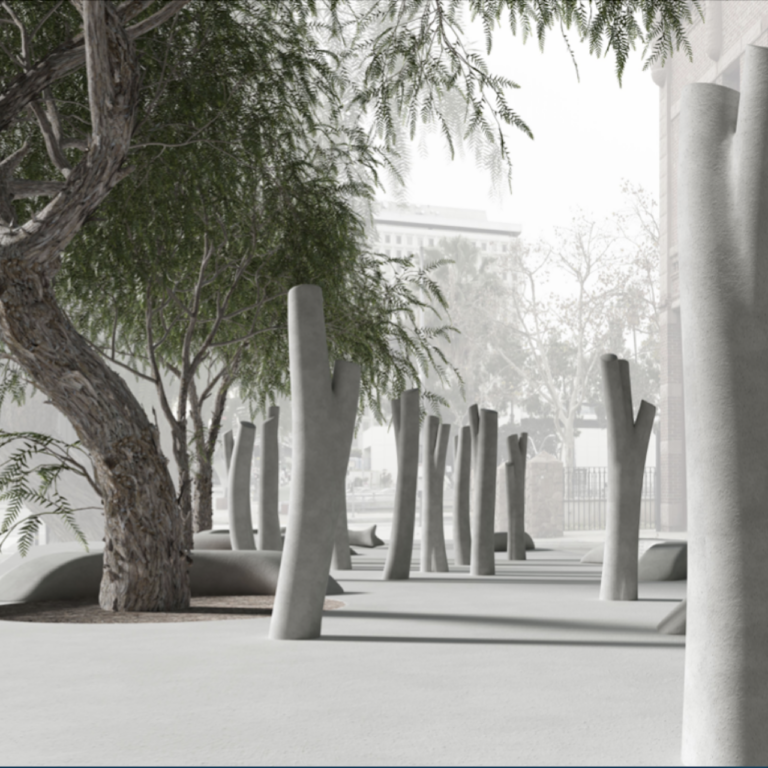
Selected images to accompany this episode: